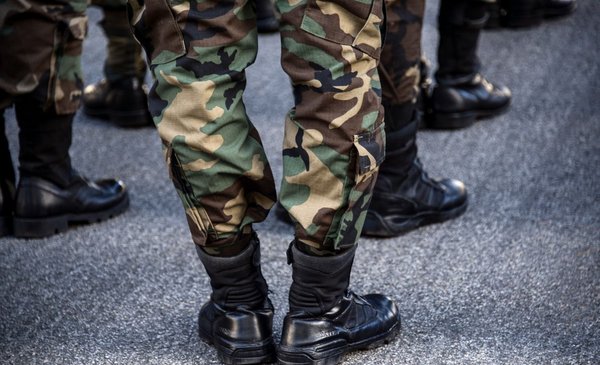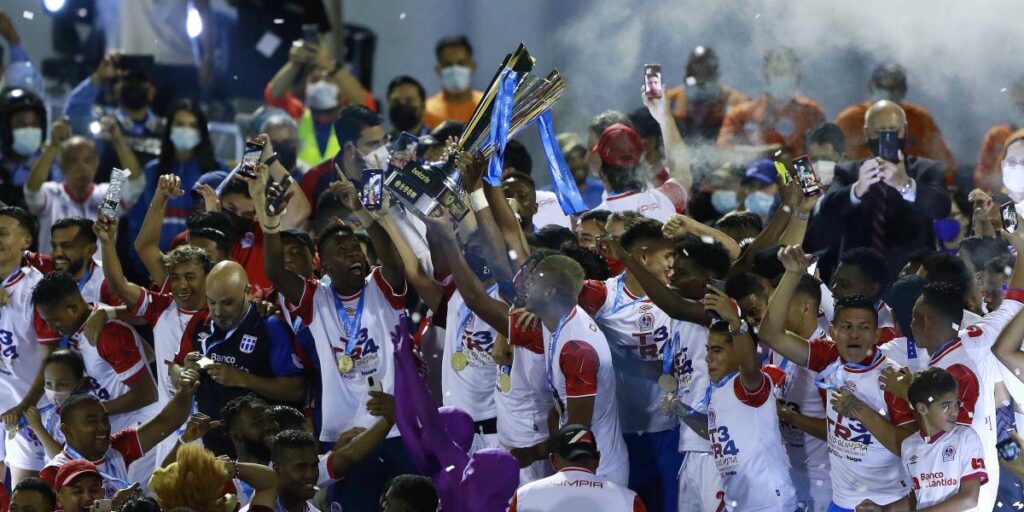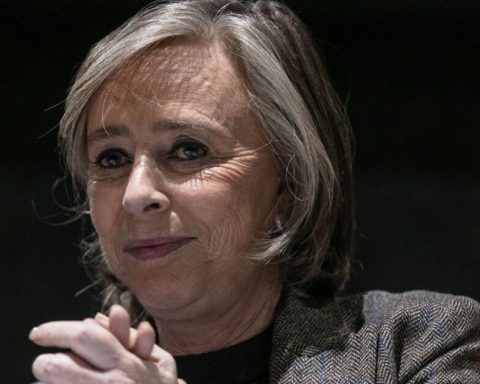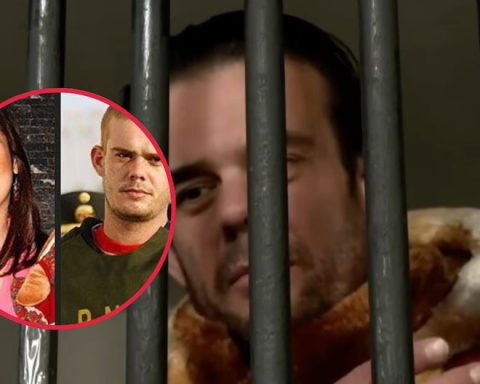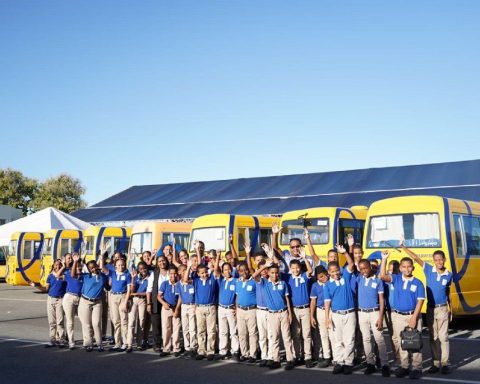President Luis Lacalle Pou good night this friday in the Democratic Republic of the Congo accompanied by the Minister of Defense, Javier García, and together with the Uruguayan military contingent that participates in the United Nations (UN) peacekeeping mission in that country.
His trip began this Thursday at noon, when he arrived at the Air Base and then left on the plane lent by the Argentine businessman Francisco de Narváez to Recife, around the 13th hour, and then traveled for 12 hours until he reached Rwanda. From there he will move to Congo, where more than 800 Uruguayan peacekeepers will be waiting for him, who are deployed in different parts of the country carrying out protection tasks.
But, what is the mission that these Uruguayans carry out? Why have they been there and for how long?
The Democratic Republic of the Congo inherited the consequences of the conflict in Rwanda, when extremist Hutus perpetrated a 100-day genocide during 1994 in which the killing machine hit 800,000 Tutsis and moderate Hutus as the international community watched in silence. However, the massacre was not confined to Rwandan territory, but provoked a bullfight that ended up exporting the conflict to its neighbor. The arrival of violence in the Congo made the confrontation more complex because by 1997 there were a dozen African countries involved in the conflict. Although there is no consensus on the figures, it is estimated that more than 5 million have died in eastern Congo since 1996.
By the time the sounds of weapons began to be silenced in the new century, there were too many armed and trained groups that had remained in that territory rich in natural resources willing to act free from restraints. Like a cancer that never tires of metastasizing, radical groups do not completely dissolve when a new militia comes to life. And the mere appearance of a new group generates an automatic response: others will prepare their weapons to fight them. There are dozens of militias that are transformed and multiplied in a dynamic operation that is difficult to follow. A real guerrilla war that brings together a hundred paramilitary and community self-defense groups. And that is what makes conflict resolution particularly complex.
The response of the international community came two decades ago when the Democratic Republic of the Congo became a place of pilgrimage for humanitarian organizations and became a target for UN peacekeeping missions, with the understanding that a day of war it is “much more expensive” than one year of organization work.
Uruguayan presence in the Congo
In 2001, the Uruguayan military began to land in the Congo in order to help protect civilians. Since then, more than 30,000 have arrived in that country in order to help stabilize the peace. To achieve this stability, they carry out security tasks that include United Nations authorities, who act within the agreements, local leaders, facilities, personnel movements, as well as reports and daily surveillance.
There are currently 779 troops in the Congo. Of those envoys, there are about 500 that occupy the Uruguayan base, located in the city of Goma, and another 300 that are distributed between the towns of Bunia and Beni, near the border with Uganda.
The delegation is divided into two areas: on the one hand, there is a combat or support contingent, which is sent to risk areas. On the other, there is the senior staff, made up of about 20 people who participate in the staff or fulfill the function of military observers (unarmed officials, who control the fulfillment of different mandates and peace agreements).
“The observers go to a house unarmed. There are four or five per place, which rotate for three or four months and change. They live with different countries, observe and report incidents. They go ahead, make daily reports in the zones and report for Let armed troops go. There the United Nations resolves which are the most complicated places and sends troops from Uruguay or other reserve countries, “he explained to The Observer Wilfredo Paiva, Army spokesman.
The obstacles that truncate the mission’s objective in the African country are not only due to the size of the territory – it has 2,345 million km² – but also to the hundreds of armed groups that converge and hold the local population hostage. The main conflicts of interest are due to the abundance of diamonds, oil and coltan. It is under this guideline that the United Nations Organization sends some 14,000 troops from different countries to intervene in the place.
For the arrival of President Lacalle Pou, the Uruguayan delegation is expected to deploy a security protocol to accompany him on his transfers once he arrives at 9 a.m. local time. Lacalle will first arrive in Goma, a city that has shopping malls, restaurants, supermarkets, and there are practically no conflicts, where he will give a press conference to the region’s media. The headquarters of the United Nations and the base of other countries with their contingent is also located there.
“In the city (of Goma) there is no problem. He (for Lacalle) will walk in places where he will not have complications,” said Paiva.
García, one of his companions, explained that they will then fly by helicopter to one of the camps that the Uruguayan army has. “On the 25th we will be sharing with the Air Force in Bukavu, which is where the last remaining contingent of the Air Force is,” he said. They will also visit Beni and Bunia.
As Lacalle will do this Christmas, then-President Jorge Batlle also visited the Congo in April 2004. On that occasion, the former president met with Congolese President Joseph Kabila in Kinshasa and signed a joint declaration reaffirming a principle of cooperation. based on the legality and mutual respect of both nations. In turn, he received recognition from the United Nations for Uruguayan participation in the protection of civilians during a conflict in the north.
Another of the leaders who flew to the site was the then Defense Minister José Bayardi, who traveled twice during the presidency of José Mujica.
“The population always asks that Uruguay not leave because of the way we have to be. We help and collaborate with people and they love us. Sometimes in a European or an Asian that is not the same, but with us, Uruguayans, They are stupid, “said Paiva, who was on a mission from 2019 to 2020.
